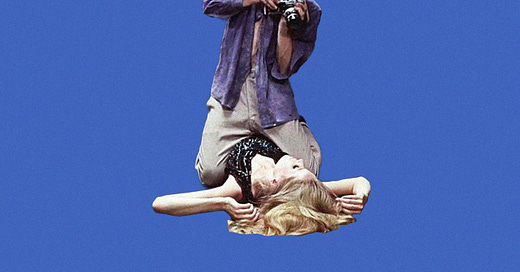London pioneered fashion imagery, so where did all the work go?
We spoke with photographers, agents, producers and more to gain a better sense of why Paris overtook London as the industry’s epicentre.
By Ryan White
Earlier this year, two shows full of archival fashion imagery opened almost simultaneously in central London. First, a retrospective of The Face magazine at The National Portrait Gallery. Then, a week later, a survey of Leigh Bowery’s life at the Tate Modern.
It’s a funny coincidence. Bowery arrived in London in 1980, the same year The Face released its first issue. Both have quietly but meaningfully influenced culture and, years later, here they were, venerated by two of the city’s biggest art institutions in the same week.
Or perhaps it’s not a funny coincidence and, viewed through a more cynical lens, it’s an inevitability. Across the river, the Tate Britain’s The 80s: Photographing Britain reheated similar nostalgic feelings. So too, one imagines, will Blitz: the club that shaped the eighties at the Design Museum later this year, and The 90s, an exhibition of 90s fashion images at the Tate Modern in 2026.
Avant-garde style and photography are big business in London – or, at least, memories of them are. As for the work being made currently? Speaking with photographers, producers, agents, casting directors and editors over the past few months, the prevailing mood is one of frustration. Jobs are increasingly scarce – be it commercial or editorial – thus earning a living has never been more challenging. As a result, more and more people in the sector are moving to Paris – an unsustainable trend that’s already had repercussions across the channel. How did we get here?




